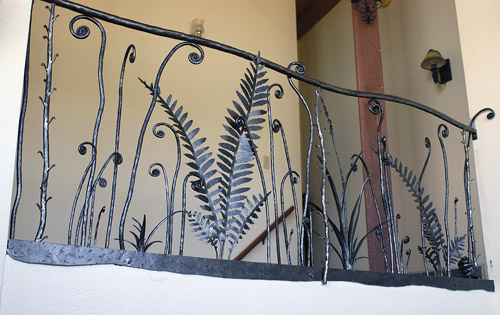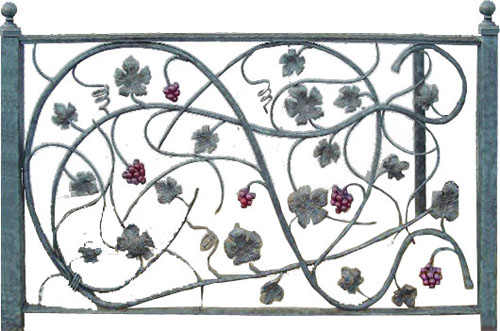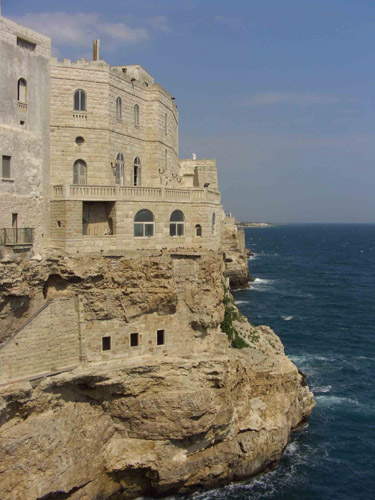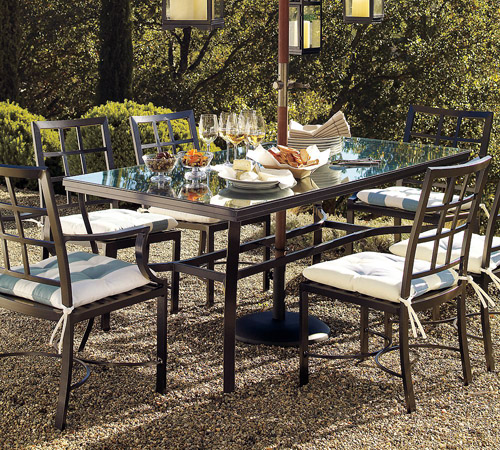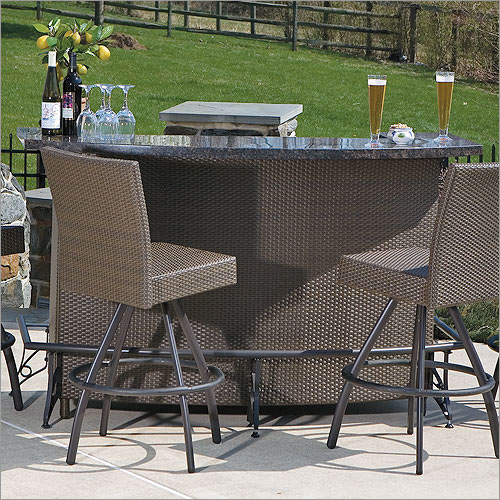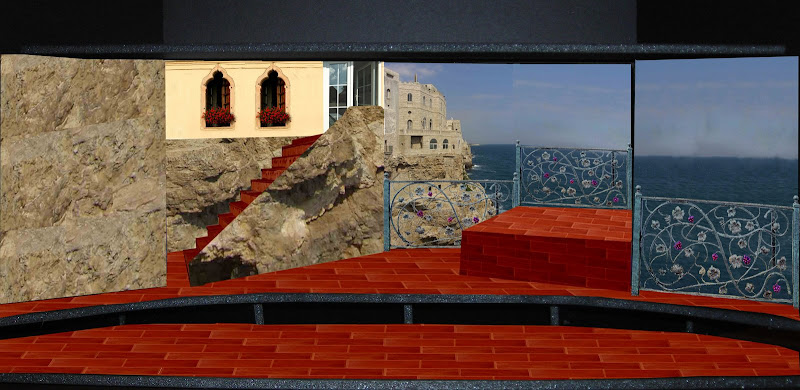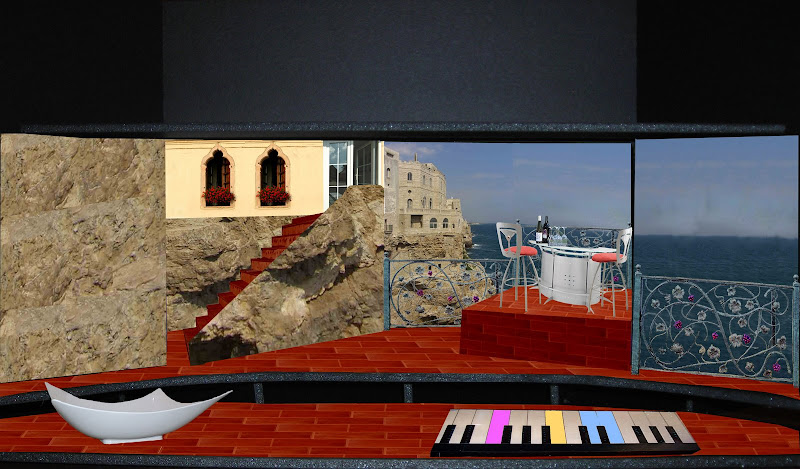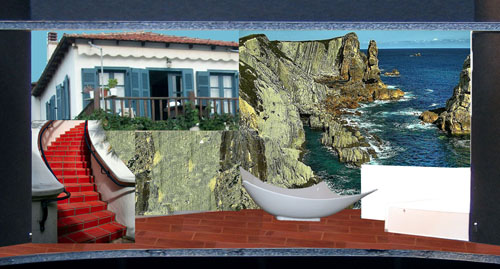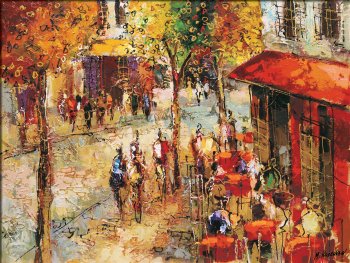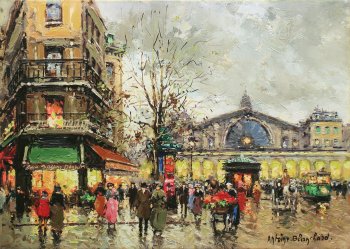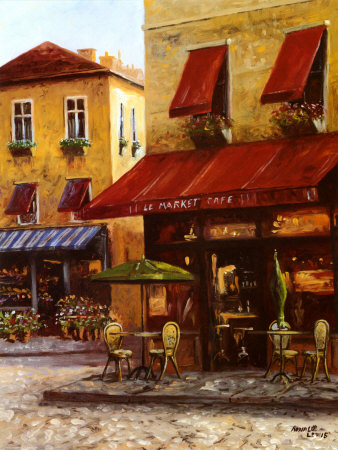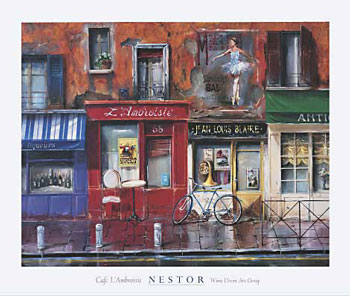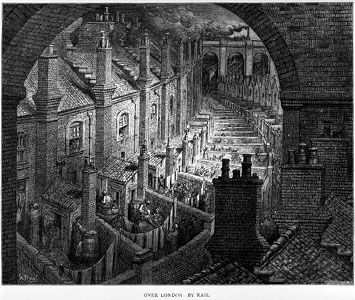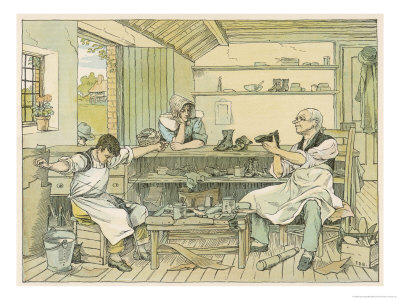I just want to end this blog with a short post about my thought on the semester.
In the end, I'm incredibly glad I took this class. A few semesters ago I took Fundamentals of Music, precisely because I knew absolutely nothing about music. (I mean, I didn't even know what a chord was.) It was a really satisfying experience, because even though most of the stuff I learned didn't really stick (it's impossible to actually memorize scales unless you're playing an instrument and using them all the time), I definitely gained an appreciation for music that I never would have expected.
I feel very similarly about this class. I wasn't planning on taking it originally- but I needed one more theater class and this was the one that fit into my schedule. (Sorry, I know that no teacher wants to hear that, but that's what happened!) I was a little hesitant at first, but now I'm really glad I ended up here. I gained an equivalent appreciation for art that I never would have thought possible. During my music class we had to listen to some pieces from an opera, and I absolutely hated them. I lamented to a friend that after all that, I still didn't "get" opera. She told me that she was a music major and she hated opera. You don't have to "get" the traditional stuff, or the stuff that snobby people like to analyze to pretend to be smart, and it's okay to think that some stuff is just plain stupid (of course, while remaining respectful of others' opinions). I've found the same to be true with art now that I've taken this class. I can still honestly think that Richard Diebenkorn's Ocean Park series is just plain stupid and have no idea why it's so famous and at the same time find some details of his work that really fascinates me and helps me even express myself.
I loved getting some experience just working with charcoal and paint and models and everything (and especially the Photoshop, as you know!). While it obviously wasn't enough to really develop the skill, I now understand a little more about those things and don't feel nearly as intimidated by them as I was before. Art, like music, is no longer some scary, inaccessible thing.
A few days ago I went to the Dance Troupe performance. I sort of noticed (without really noticing, or thinking too carefully about it) that the light design of a particular piece was really good- it reinforced and complemented what was being evoked by the movement of the dancers on the stage. It was the sort of thing that I never would have remembered except that all of a sudden the lighting changed, and I cringed- "Ugh, that is definitely not the color choice I would have made for that transition."
I can absolutely guarantee you that thought would never have occurred to me before taking this class.
Today's presentation and these journal entries are the very last things I need to do this semester. I think I'll be forever amused that the deciding moment in convincing the Massachusetts Institute of Technology that I deserve a degree in mechanical engineering was the presentation of a set design portfolio...but at the same time, sometimes I think I learned more from the humanities requirement than my engineering courses. Sometimes you learn best when you're least expecting to.
Invisible Cities Project
16 years ago
